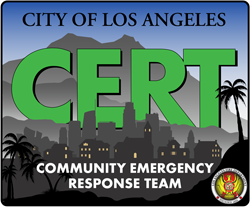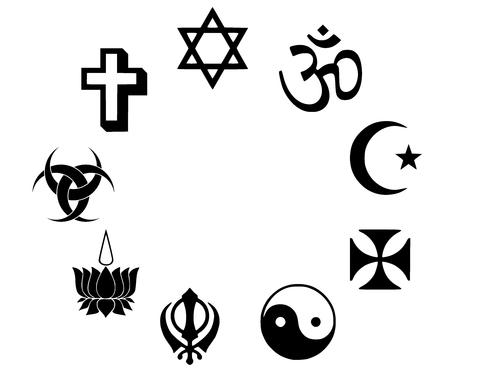Religious & Cultural Literacy
Religious literacy is the basic understanding of each faith community, its theology, rituals, practices and sacred texts.
In 2011, as FEMA Administrator, W. Craig Fugate began to promulgate the Whole Community Concept. Based on this concept, he stated that “When a disaster strikes, the initial services provided may not come from government, but rather from churches, synagogues, mosques and other faith-based and community organizations.” “Improving the Nation’s Response to Catastrophic Disasters: How to Minimize Costs and Streamline our Emergency Management Programs” – W. Craig Fugate, March 30, 2011.
Based on the idea that religious and cultural communities are part of the Whole Community, the DHS Center for Faith-based & Neighborhood Partnerships works to form partnerships between the Federal Government and faith-based and neighborhood organizations to more effectively serve Americans in need. As part of this effort, this course has been developed to provide emergency management professionals and faith and community leaders active in disaster with the literacy and competency tools needed to effectively engage religious and cultural groups both pre- and post-disaster.
FEMA Course IS-505: Religious and Cultural Literacy and Competency in Disaster
Upon completion of this course, participants will be able to:
Explain why we engage religious and cultural communities in disaster, and how religious and cultural diversity and practice is not only protected by law but how it strengthens emergency management’s capabilities.
Define the meaning of religious and cultural literacy and competency in disaster management.
Describe how religious and cultural language differs from government culture and language.
Identify the skills needed to competently engage religious and cultural leaders and groups in the field.
Describe each step in the six-step “LEADER” process.
Disaster Interfaiths National Network:
Religious Literacy Primer for Crises, Disasters, and Public Health Emergencies


